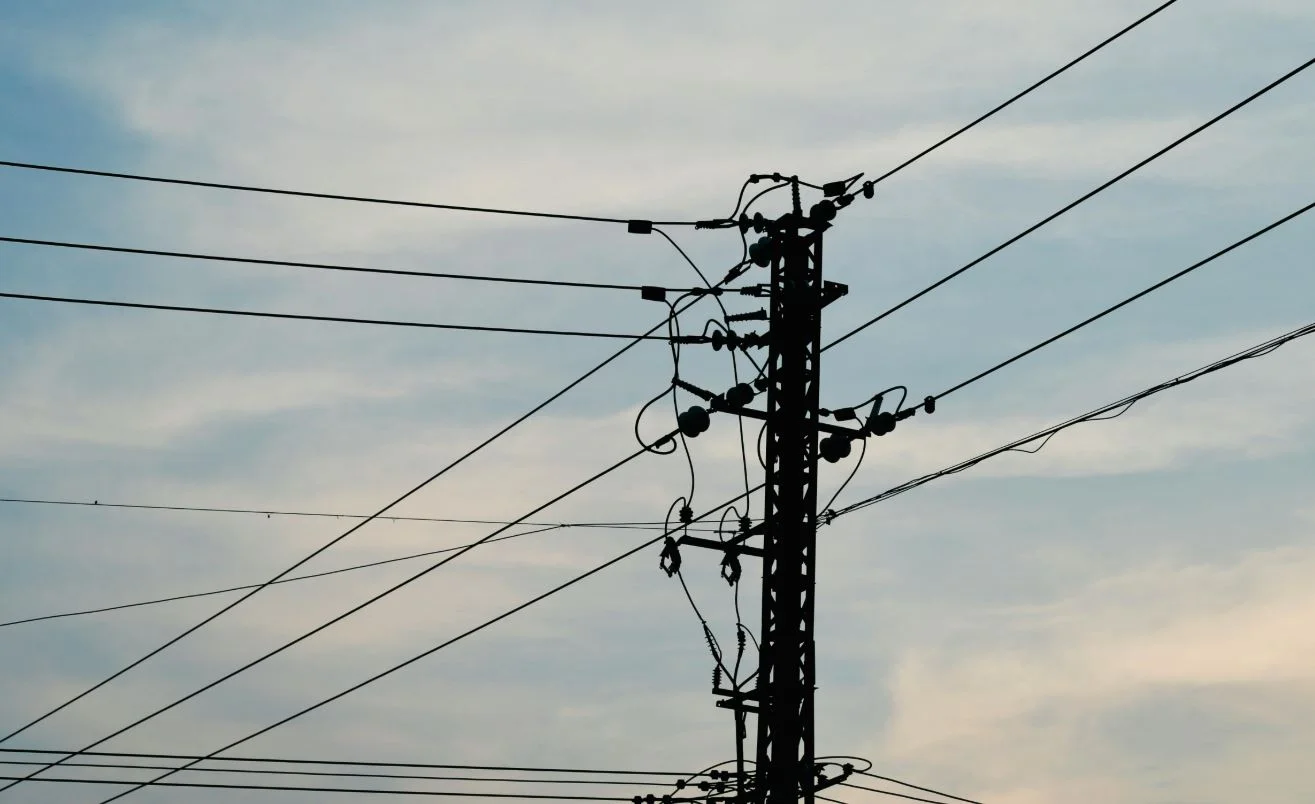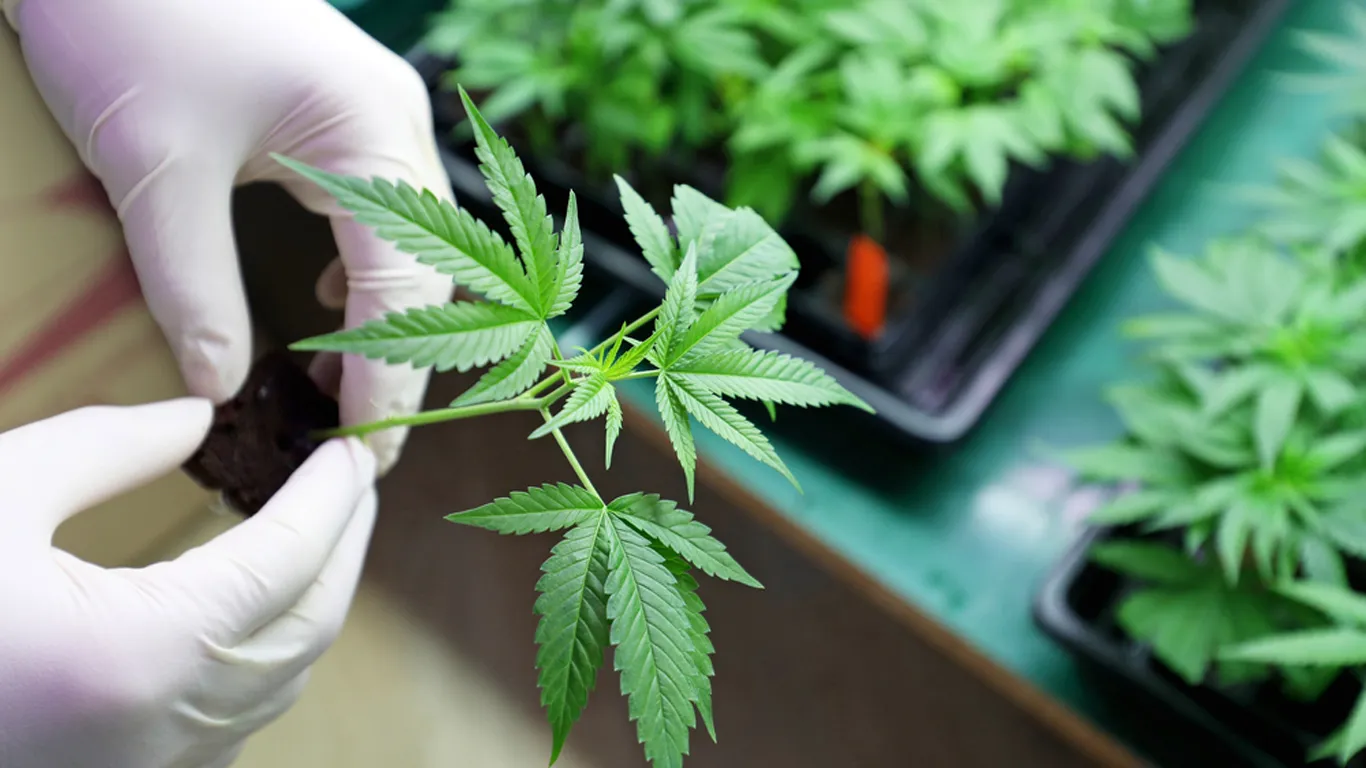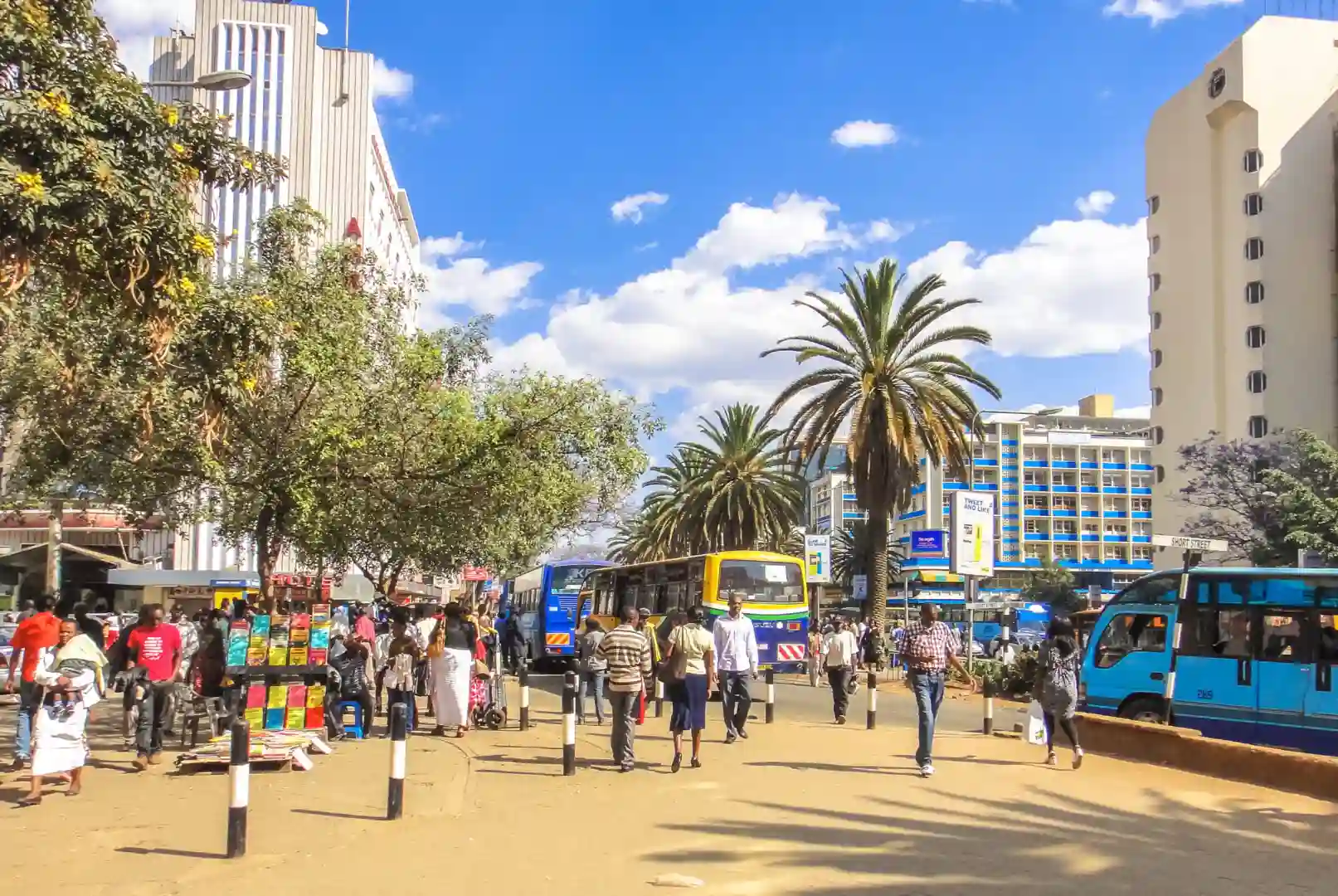Introduction: A Major Boost for Kenya’s Electrification Agenda
The Government of Kenya has secured a $386 million investment aimed at increasing national electricity coverage to 80%, significantly improving access to power for millions of Kenyans. Principal Secretary for Energy Alex Wachira announced this ambitious initiative, which aligns with the government’s goal of reducing reliance on biomass—currently used by 68% of the population for cooking—to mitigate carbon emissions and health risks associated with indoor pollution.
This funding, drawn from multiple sources including the French Development Agency (AFD), the European Investment Bank (EIB), and the European Union (EU), will be used to connect one million new customers to the grid over the next two years. The program also includes investments in mini-grids, battery energy storage systems, and improved transmission infrastructure to ensure stable and reliable electricity access.
Breakdown of the $386 Million Investment
The multilateral funding package comprises:
- $170 million from AFD, EIB, and the EU – This will be allocated primarily to expanding electricity access, particularly in underserved and rural areas.
- $92.6 million allocated for mini-grids in 14 northeastern counties – These off-grid solutions will provide reliable electricity to remote areas that are difficult to connect to the national grid.
- $38.6 million annually from the Kenyan government – This domestic funding commitment ensures sustainability for ongoing electrification efforts.
- An additional $92.6 million in the next financial year – This will support infrastructure upgrades and energy storage systems to enhance electricity reliability.
The program’s total estimated funding for 2025 and 2026 stands at $386 million.
Why This Investment Matters: Addressing Kenya’s Energy Challenges
Kenya has made significant strides in electrification over the past decade, increasing coverage from 29% in 2013 to approximately 75% by 2024. However, several challenges persist:
1. Limited Access to Electricity
- Despite national electrification efforts, about 33% of Kenyans still lack access to electricity.
- Rural areas remain under-electrified, limiting economic opportunities, education, and healthcare services.
2. High Dependence on Biomass and Environmental Impact
- Over 68% of Kenyan households still rely on firewood and charcoal for cooking, contributing to deforestation and indoor air pollution.
- Transitioning to electric cooking and cleaner energy solutions is crucial to curbing carbon emissions and reducing respiratory diseases.
3. Unstable Power Supply and Transmission Constraints
- Power outages, voltage fluctuations, and load shedding continue to hinder businesses and industries.
- Weak transmission infrastructure and low energy storage capacity limit Kenya’s ability to manage peak demand efficiently.
4. Over-Reliance on Weather-Dependent Renewables
- Kenya’s energy mix is heavily reliant on hydropower and wind, which are affected by climate variability.
- Prolonged droughts in recent years have reduced hydropower output, increasing reliance on costly thermal plants.
Key Components of Kenya’s Electrification Strategy
To tackle these issues, the government is implementing multiple initiatives aimed at enhancing generation capacity, improving transmission infrastructure, and promoting clean energy solutions.
1. Expansion of Mini-Grids in Remote Areas
- A $92.6 million investment will be directed toward developing mini-grids in 14 counties in northeastern Kenya.
- These solar-powered and hybrid mini-grids will provide off-grid electricity to isolated communities, improving economic opportunities and access to essential services.
2. Battery Energy Storage Systems (BESS)
- To manage the intermittency of renewable energy sources like solar and wind, Kenya is investing in battery energy storage systems.
- These systems will store excess power during low-demand periods and release it during peak hours, enhancing grid stability.
- Similar projects have been successfully implemented in countries like South Africa, Australia, and the United States to address power reliability issues.
3. Strengthening Transmission and Grid Infrastructure
- Kenya currently operates two thermal power plants along the coast, with a combined capacity of 320 MW, which support voltage stability.
- Upgrading transmission networks will reduce power losses, minimize blackouts, and ensure efficient power distribution.
4. Promoting Renewable Energy Sources
Kenya’s energy sector is dominated by renewables, with the following generation mix:
- Geothermal – 46% (Kenya is the leading geothermal producer in Africa)
- Hydropower – 22%
- Wind – 11%
- Solar – 2%
- Thermal – 19% (used for backup during peak demand)
The government aims to increase solar capacity from 2% to 10% by 2030, further reducing reliance on fossil fuels.
Economic and Social Benefits of Expanded Electricity Access
1. Economic Growth and Industrialization
- Reliable electricity will boost manufacturing, agribusiness, and digital services, driving economic growth.
- Micro, small, and medium enterprises (MSMEs) will benefit from reduced operational costs and increased productivity.
2. Improved Education and Healthcare
- Electrified schools will provide better learning environments, enabling the use of digital education tools.
- Health facilities will have stable power for critical services, including vaccination storage, maternity wards, and emergency care.
3. Creation of Jobs in the Energy Sector
- The expansion of grid infrastructure, mini-grids, and renewable energy projects will generate thousands of direct and indirect jobs.
- Local technicians will be trained in solar installation, maintenance, and battery energy storage management.
4. Reduction in Carbon Emissions and Health Risks
- Reducing biomass reliance will lower deforestation rates and mitigate air pollution-related diseases.
- Increased use of clean cooking solutions will improve public health and reduce household energy costs.
Challenges and Potential Risks
Despite the strong funding commitments, Kenya’s electrification efforts face several obstacles:
1. High Project Costs and Funding Gaps
- The $386 million investment is substantial, but more funds will be required to achieve full electrification.
- The government may need to attract private investors through public-private partnerships (PPPs).
2. Bureaucratic and Regulatory Challenges
- Delays in project approvals, land acquisition, and environmental assessments can slow down electrification efforts.
- Improved governance and streamlined policies will be essential to ensure timely project execution.
3. Affordability and Accessibility for Low-Income Households
- While grid expansion is crucial, many rural households struggle with high connection fees and electricity tariffs.
- Subsidy programs and pay-as-you-go (PAYG) solar solutions will be needed to make electricity more affordable.
4. Climate Change and Hydropower Dependence
- Droughts and erratic rainfall patterns can reduce hydropower output, requiring a diversified energy mix.
- Continued investment in solar, wind, and geothermal will reduce climate-related risks.
Conclusion: A Step Forward in Kenya’s Electrification Journey
Kenya’s $386 million electricity investment represents a significant milestone in the country’s journey toward universal energy access. By expanding the grid, increasing mini-grids, and improving energy storage, the government is taking bold steps to ensure that millions of Kenyans gain access to reliable and affordable electricity.
However, continued investments, policy improvements, and strong public-private collaborations will be key to achieving the 80% electrification target and ensuring that electricity reaches even the most remote communities. If successful, Kenya will cement its position as a regional leader in renewable energy and sustainable electrification.
Ready to take your career to the next level? Join our dynamic courses: ACCA, HESI A2, ATI TEAS 7 , HESI EXIT , NCLEX – RN and NCLEX – PN, Financial Literacy!🌟 Dive into a world of opportunities and empower yourself for success. Explore more at Serrari Ed and start your exciting journey today! ✨
photo source: Google
By: Montel Kamau
Serrari Financial Analyst
31st January, 2025
Article, Financial and News Disclaimer
The Value of a Financial Advisor
While this article offers valuable insights, it is essential to recognize that personal finance can be highly complex and unique to each individual. A financial advisor provides professional expertise and personalized guidance to help you make well-informed decisions tailored to your specific circumstances and goals.
Beyond offering knowledge, a financial advisor serves as a trusted partner to help you stay disciplined, avoid common pitfalls, and remain focused on your long-term objectives. Their perspective and experience can complement your own efforts, enhancing your financial well-being and ensuring a more confident approach to managing your finances.
Disclaimer: This article is for informational purposes only and does not constitute financial advice. Readers are encouraged to consult a licensed financial advisor to obtain guidance specific to their financial situation.
Article and News Disclaimer
The information provided on www.serrarigroup.com is for general informational purposes only. While we strive to keep the information up to date and accurate, we make no representations or warranties of any kind, express or implied, about the completeness, accuracy, reliability, suitability, or availability with respect to the website or the information, products, services, or related graphics contained on the website for any purpose. Any reliance you place on such information is therefore strictly at your own risk.
www.serrarigroup.com is not responsible for any errors or omissions, or for the results obtained from the use of this information. All information on the website is provided on an as-is basis, with no guarantee of completeness, accuracy, timeliness, or of the results obtained from the use of this information, and without warranty of any kind, express or implied, including but not limited to warranties of performance, merchantability, and fitness for a particular purpose.
In no event will www.serrarigroup.com be liable to you or anyone else for any decision made or action taken in reliance on the information provided on the website or for any consequential, special, or similar damages, even if advised of the possibility of such damages.
The articles, news, and information presented on www.serrarigroup.com reflect the opinions of the respective authors and contributors and do not necessarily represent the views of the website or its management. Any views or opinions expressed are solely those of the individual authors and do not represent the website's views or opinions as a whole.
The content on www.serrarigroup.com may include links to external websites, which are provided for convenience and informational purposes only. We have no control over the nature, content, and availability of those sites. The inclusion of any links does not necessarily imply a recommendation or endorsement of the views expressed within them.
Every effort is made to keep the website up and running smoothly. However, www.serrarigroup.com takes no responsibility for, and will not be liable for, the website being temporarily unavailable due to technical issues beyond our control.
Please note that laws, regulations, and information can change rapidly, and we advise you to conduct further research and seek professional advice when necessary.
By using www.serrarigroup.com, you agree to this disclaimer and its terms. If you do not agree with this disclaimer, please do not use the website.
www.serrarigroup.com, reserves the right to update, modify, or remove any part of this disclaimer without prior notice. It is your responsibility to review this disclaimer periodically for changes.
Serrari Group 2025












